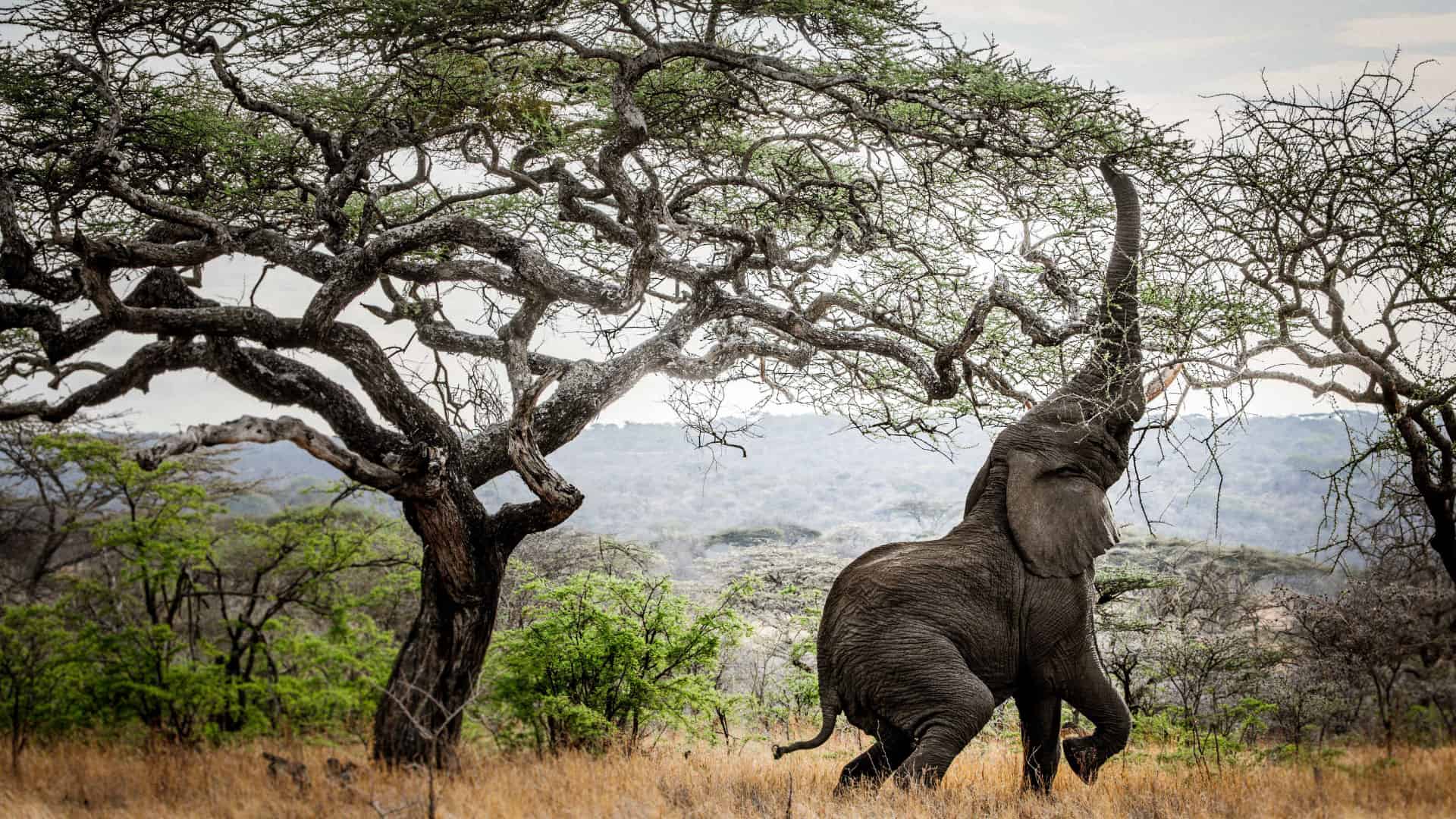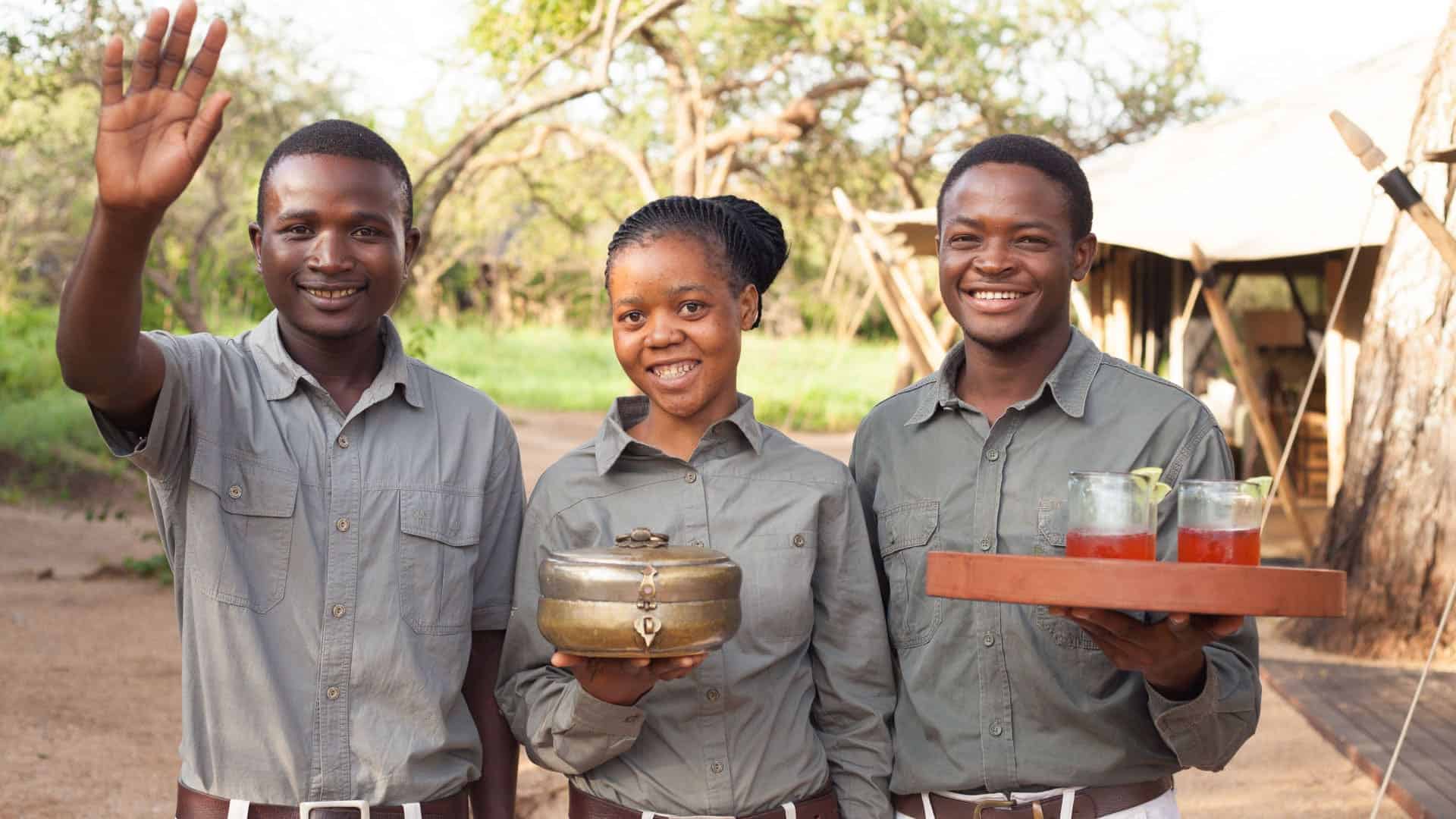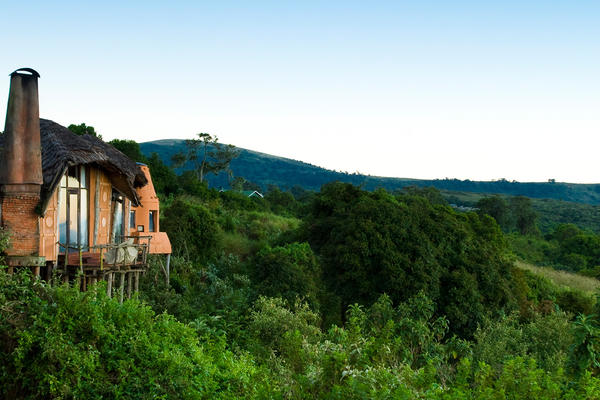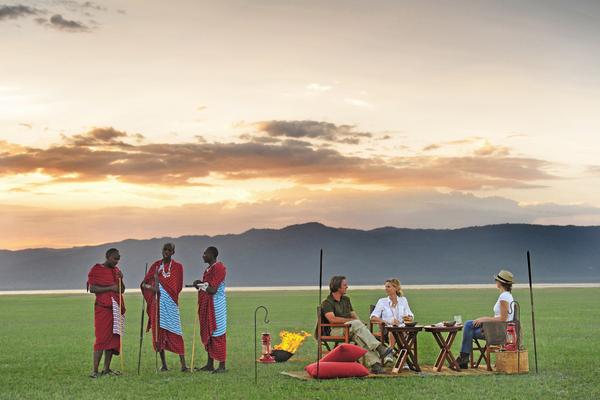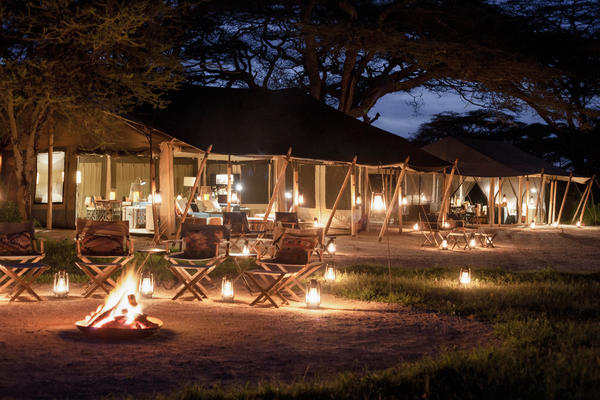© Legendary Expeditions
Tanzania
Tanzania is the safari destination for those who wish to experience big herds. With its massive planes, proud tribal warriors, snow-capped mountains and white sandy beaches, Tanzania is a nature lovers paradise. The annual migration of giant herds of grazers across northern Tanzania is a spectacular event. Over two million wildebeest, zebras, and gazelles move through the Serengeti in search of greener pastures. Famous also for Mount Kilimanjaro, the highest mountain in Africa, many visitors from all over the world come to Tanzania to hike to the summit. And then of course its miles of Indian Ocean coastline with turquoise water and white sand as well as the islands which make a perfect ending to a safari.
Ngorongoro Conservation Area
Ngorongoro Conservation Area is home to the famous volcanic Ngorongoro crater which is the largest unbroken caldera in the world and home to the highest density of big game in Africa. Here one can see the ” BIg 5″ being elephant, lion leopard buffalo and rhino. During the annual migration, huge herds of wildebeests and zebras traverse its plains.
Serengeti National Park
Serengeti which means Endless Plains in the local Masai language is Tanzania’s oldest National Park and a World Heritage Site. It is famed for its annual migration of two million wildebeests plus hundreds of thousands of gazelles and zebras, followed by their predators in search of pasture and water. The Serengeti offers some of the best game-viewing in Africa.
Lake Manyara National Park
Lake Manyara National Park is a protected area situated between Lake Manyara and the Great Rift Valley. It is a scenic area of woodlands, cliffs, open savannas, and the lake. The park’s diverse landscape is home to an array of wildlife and birds. The dry winter months provide excellent game viewing and the wet winter months attract more than 400 species of bird including hundreds of flamingos.
Tarangire National Park
Tarangire National Park is the greatest concentration of wildlife outside the Serengeti ecosystem. In the dry season, herds of up to 300 elephants scratch the dry river bed for underground streams. The swamps, tinged green year-round are the focus for 550 bird varieties. The most breeding species in one habitat anywhere in the world. Activities here include walking safaris, game drives, day trips to local villages, and viewing of ancient rock paintings.
Mt.Kilimanjaro National Park
With a height of 5895 meters (19340 ft) Mt. Kilimanjaro is the highest mountain in Africa and the highest free-standing mountain in the world. There are several routes to the top (which is a natural world heritage site) and the landscape ranges from rain forest to moorland to alpine desert to glaciers. It is very important to choose the right route and trekking company as this can be a dangerous climb if one is not well prepared and acclimatized. One can also do day hikes on the mountain.
Arusha National Park
Arusha National Park is located just a short drive from Arusha and Moshi and can be done as a day trip. It is a gem of varied ecosystems and has spectacular views of Mt. Meru. Climbing Mt. Meru or hiking the shorter trails that criss-cross its lower slopes is a popular activity for visitors. The landscape ranges from open savanna to acacia scrubland to rainforest and eventually to alpine conditions on the higher reaches of Mt. Meru. The Momella Lakes are seven shallow lakes located within the park which attract a lot of game and birdlife.
Selous Game Reserve
The Selous Game Reserve in the south of Tanzania is the biggest in Africa. It is almost four times the size of the Serengeti. This wild and unspoiled World Heritage area attracts fewer visitors than the northern reserves making it one of the last great wilderness areas in Africa. There are excellent Eco – lodges, and camps where one can stay to experience this pristine wilderness.
Best time to travel
Tanzania can be visited all year round but there are some definite seasonal variations from region to region.
- Northern Tanzania – Traditionally the long rains occur from mid-April to end May and the short rains in November. The summer season is from November to March with temperatures of over 30 degrees
- Southern Tanzania – The dry season is generally from June to December and the game is excellent particularly along the rivers. From January to April the birdlife is spectacular and the scenery lush.
- Tanzania coast and Zanzibar Islands – The best time is June to August with the long rains being in April and May.


Talk to us about your travel plans
Take the stress out of planning. Free yourself up to look forward to your adventure. We at Cape Classics strive to understand your personal style in creating itineraries that will feed your soul.



